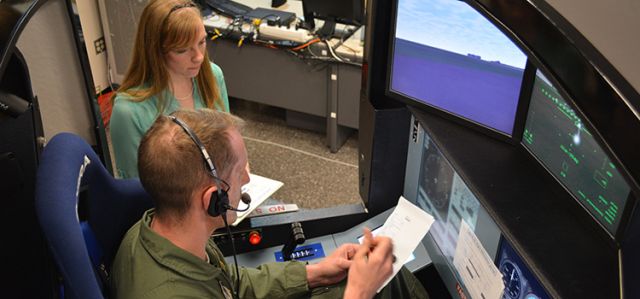Document Type
Article
Publication Date
6-2022
Publication Source
Clean Technologies
Abstract
The net-zero global carbon target for 2050 needs both expansion of renewable energy and substantive energy consumption reduction. Many of the solutions needed are expensive. Controlling HVAC systems in buildings based upon thermal comfort, not just temperature, uniquely offers a means for deep savings at virtually no cost. In this study, a more accurate means to quantify the savings potential in any building in which smart WiFi thermostats are present is developed. Prior research by Alhamayani et al. leveraging such data for individual residences predicted cooling energy savings in the range from 33 to 47%, but this research was based only upon a singular data-based model of indoor temperature. The present research improves upon this prior research by developing LSTM neural network models for both indoor temperature and humidity. Validation errors are reduced by nearly 22% compared to the prior work. Simulations of thermal comfort control for the residences considered yielded potential savings in the range of 29–43%, dependent upon both solar exposure and insulation characteristics of each residence. This research paves the way for smart Wi-Fi thermostat-enabled thermal comfort control in buildings of all types.
Inclusive pages
395-406
ISBN/ISSN
2571-8797
Document Version
Published Version
Publisher
MDPI
Volume
4
Issue
2
Peer Reviewed
yes
eCommons Citation
Alhamayani, Abdulelah D.; Sun, Qiancheng; and Hallinan, Kevin P., "An Improved Method to Estimate Savings from Thermal Comfort Control in Residences from Smart Wi-Fi Thermostat Data" (2022). Mechanical and Aerospace Engineering Faculty Publications. 252.
https://ecommons.udayton.edu/mee_fac_pub/252




Comments
This open-access article is provided for download in compliance with the publisher’s policy on self-archiving. To view the version of record, use the DOI: https://doi.org/10.3390/cleantechnol4020024